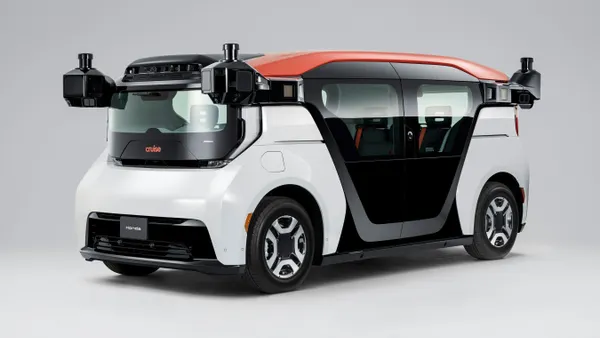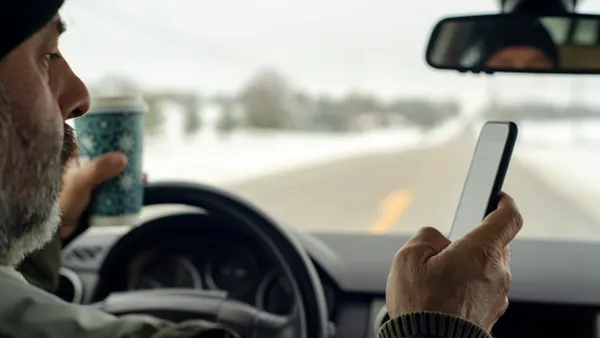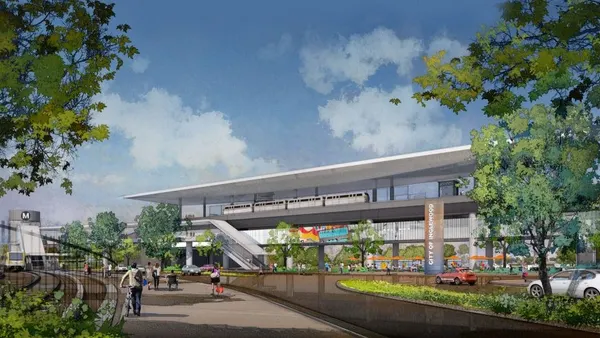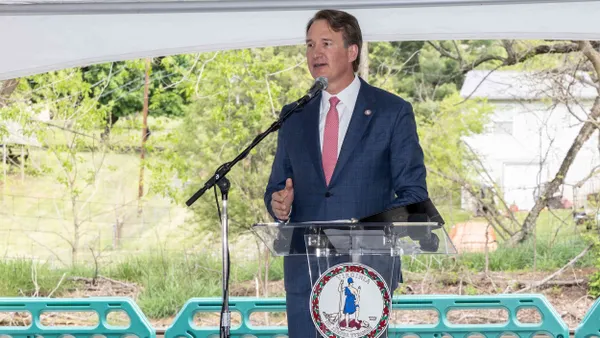Dive Brief:
- Audi has rolled out its "time to green" Traffic Light Information (TLI) technology for drivers in Washington, DC, making it the eighth U.S. city to add the innovation. If a driver in select 2017 and 2018 Audi models approaches a stop light, the feature counts down how long they have to wait for the light to turn green.
- The cars receive real-time light information via a digital display when they approach one of DC's more than 600 connected traffic signals.
- TLI also shares data with the city, which Mayor Muriel Bowser said could improve traffic flow, reduce congestion and improve safety. "This initiative represents the kind of innovation that is critical for us to advance the traffic safety goals of Vision Zero," she said in a statement.
Dive Insight:
At first, the green light countdown technology might merely seem like an indulgent feature on a luxury automobile. But Audi's TLI is a two-way benefit that relays information to the municipality as well. Neither Audi nor District leaders have divulged exactly what type of data the city will receive, other than to call it "valuable information" that could improve traffic safety and increase the city's traffic signal efficiency.
A lot of information can be collected from connected cars, including their routes, speeds and the conditions of the roads they drive on. Real-time analysis of the various data can provide quick vehicle performance and efficiency alterations that aid the driver. But it can also help cities crunch the numbers on where drivers spend the most time idling, or where speed limits should be reworked to improve safety. That could lead to safer streets for both drivers and pedestrians, as Bowser suggested when referencing her city's Vision Zero initiative, part of a worldwide plan that aims to reduce traffic deaths to zero.
TLI will not simply work within the bubble of the city in which the car is operating — it connects to the larger multi-city system as well. With the addition of DC's 600 connected traffic lights, TLI now shares information with a total of 1,600 lights in eight U.S. cities. The District alone gave the system about a 38% bump in data-gathering traffic lights.
With data analysis, the more information that feeds into the system, the better and more accurate the output. TLI's greater network will allow for more widespread, overarching data analysis that could detect regional or nationwide traffic trends. That creates opportunities for cities to form partnerships to solve wide-reaching traffic problems and improve safety.











